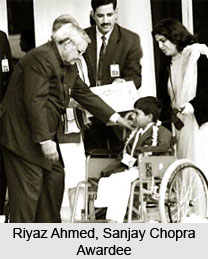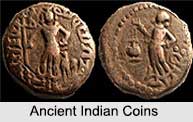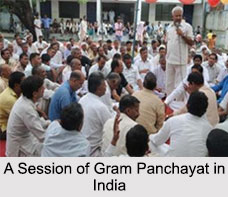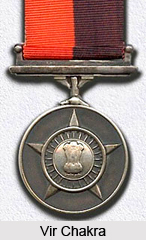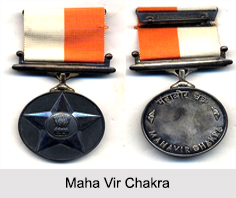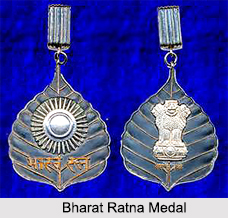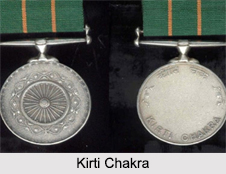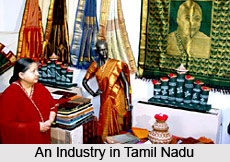 Major food crops are rice, jowar, ragi, bajra, maize, and pulses. Cotton, sugarcane, coconut, tea and coffee as well as a number of horticultural products like bananas and mangoes are cash crops while groundnuts, sesame, and sunflower are important oil seeds crop. Paddy is the main crop. It is raised in three crops. Viz the first crop is known, as `Kuruvali` is the short-term crop with duration of three and a half to four months from June to July to Oct-Nov. The second crop is called the `Thaladi` has a duration of 5 to 6 months Oct -Nov to Feb -March. Third is `Samba `(the long term) crop and has duration of almost 6 months from Aug to January. Chief source of irrigation are the rivers tanks and wells.
Major food crops are rice, jowar, ragi, bajra, maize, and pulses. Cotton, sugarcane, coconut, tea and coffee as well as a number of horticultural products like bananas and mangoes are cash crops while groundnuts, sesame, and sunflower are important oil seeds crop. Paddy is the main crop. It is raised in three crops. Viz the first crop is known, as `Kuruvali` is the short-term crop with duration of three and a half to four months from June to July to Oct-Nov. The second crop is called the `Thaladi` has a duration of 5 to 6 months Oct -Nov to Feb -March. Third is `Samba `(the long term) crop and has duration of almost 6 months from Aug to January. Chief source of irrigation are the rivers tanks and wells.
Industry: Industrially, the state has made rapid strides and there has been a great deal of diversification, although the traditional industries like hides and skins which have a major export angle, continue to occupy their important place, besides the exports of tanned hides and skins and of leather products, form the traditional shoes to fancy products, the state also export tea, coffee, spices, textiles and yarn engineering goods. Black granites and other products including handicraft articles.
The state has a flourishing center of cottage industries. Mats made of coir; screw pine, palm and coconut leaves are much in demand. Some industries are known for manufacture of musical instruments of jack wood, like the veena, tambura, violin, mridanga and kanjara. A number of engineering units engaged in the production of chemicals like fertilizers, insecticides etc. In the field of oil refining, besides petrol, diesel, kerosene and cooking products, a number of other bye-products are also manufactured. Handloom is very important as a cottage industry. Silk sarees of Kancheepuram are famous all over India. Cottage units produce cotton sarees, dhoties, towels and lungies.





